Treatments Offered
Chiropractic Adjusting
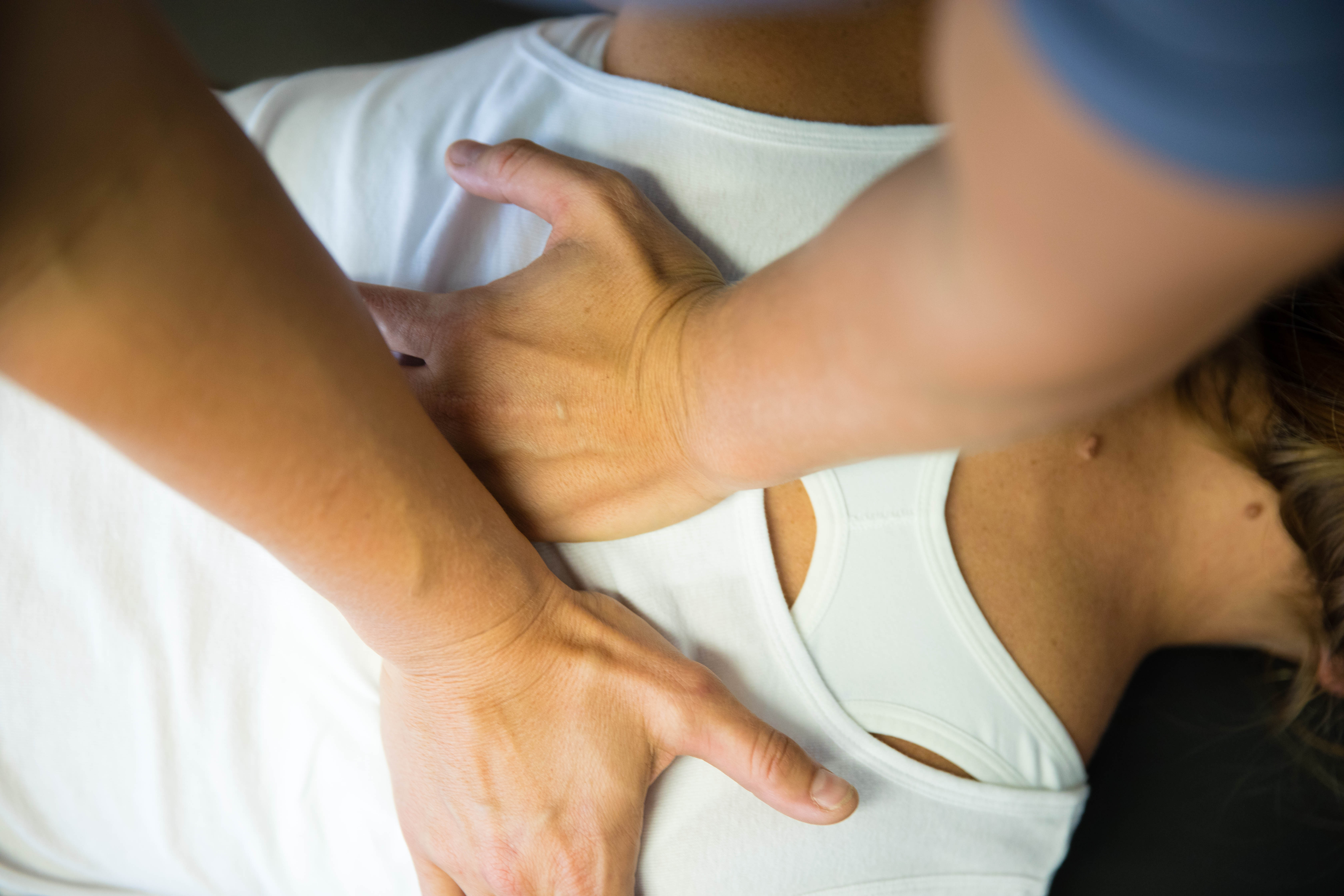
The chiropractic adjustment is done to increase mobility in regions where restrictions are found. Joints thrive from mechanical motion to receive blood flow and nutrients. Restrictions can lead to pain and degeneration as well as altered mechanics and compensations to movement patterns elsewhere (meaning other aches and pains!)
Instrument Assisted Soft Tissue Mobilization (Scraping)
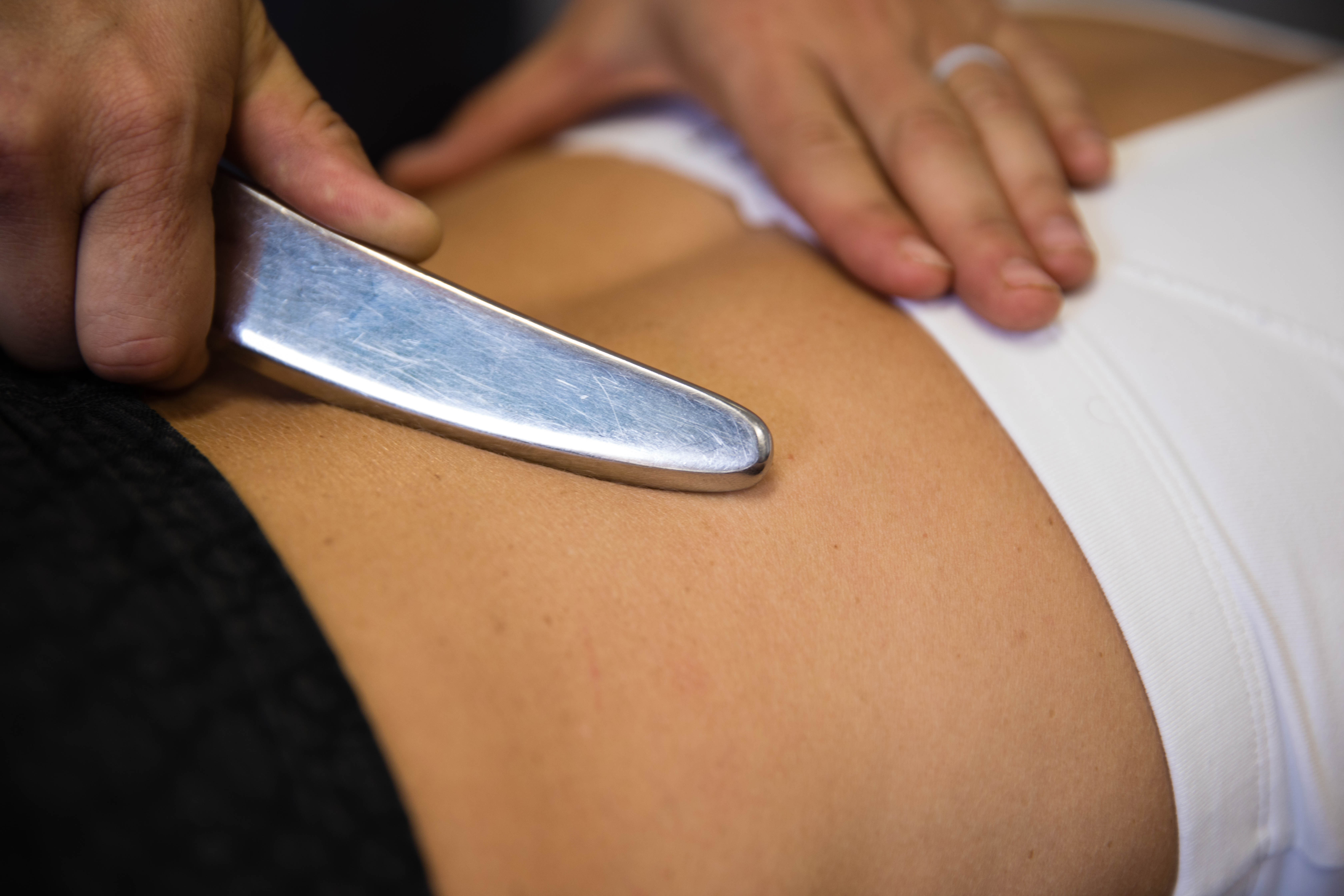
This technique targets adhesions and scar tissue that builds up in the fascia, or the covering of the muscle. These restrictions can lead to decreased range of motion, altered movement patterns, and pain.
Myofascial Release and Active Release Technique
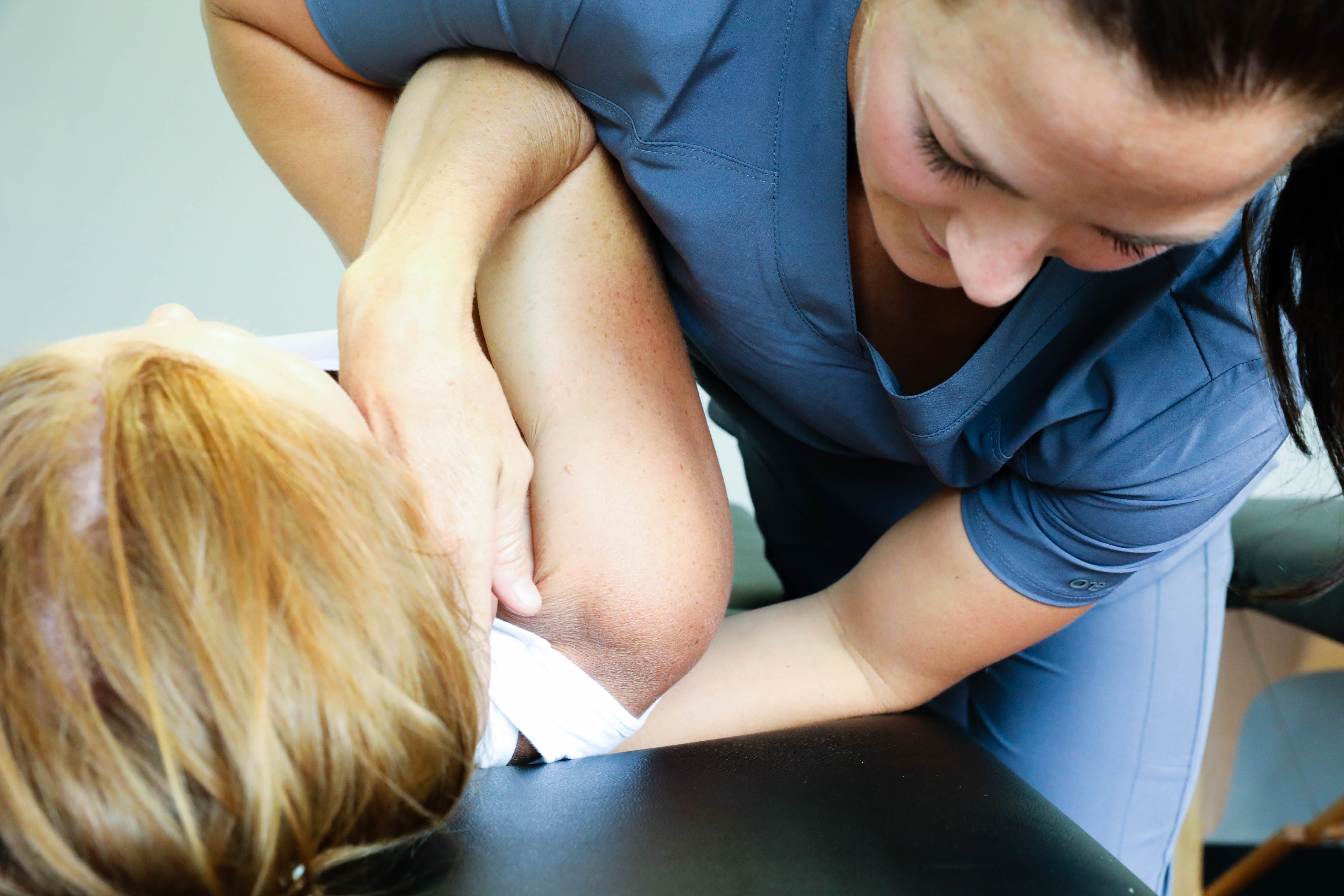
Myofascial release is used to help conditions that affect fascia (connective tissue), major muscle groups, tendons and ligaments. The goal of myofascial release is to restore normal mobility and “glide” between muscular tissue and nerves. This is done using both active and passive type massage, trigger point therapy, and the “pin and stretch” technique.
Cupping
(Fascial Decompression)

Much like IASTM, cupping is targeting the fascia, or the covering of the muscle to stretch and pull it away from the muscle. Cupping uses sustained suction to lift the fascia up and increase the blood flow to the tissue beneath. This stretching and blood flow leads to faster healing and increased mobility.
Avazzia Microcurrent
Avazzia is a form of electrical stimulation used to effectively decrease pain and help speed healing. Avazzia uses sine-wave microcurrent to closely mimic the body’s natural electrical system. It also has biofeedback to sense the body’s response to keep the electrical stimulation changing to increase the efficacy of treatment.
Functional Movement Screen
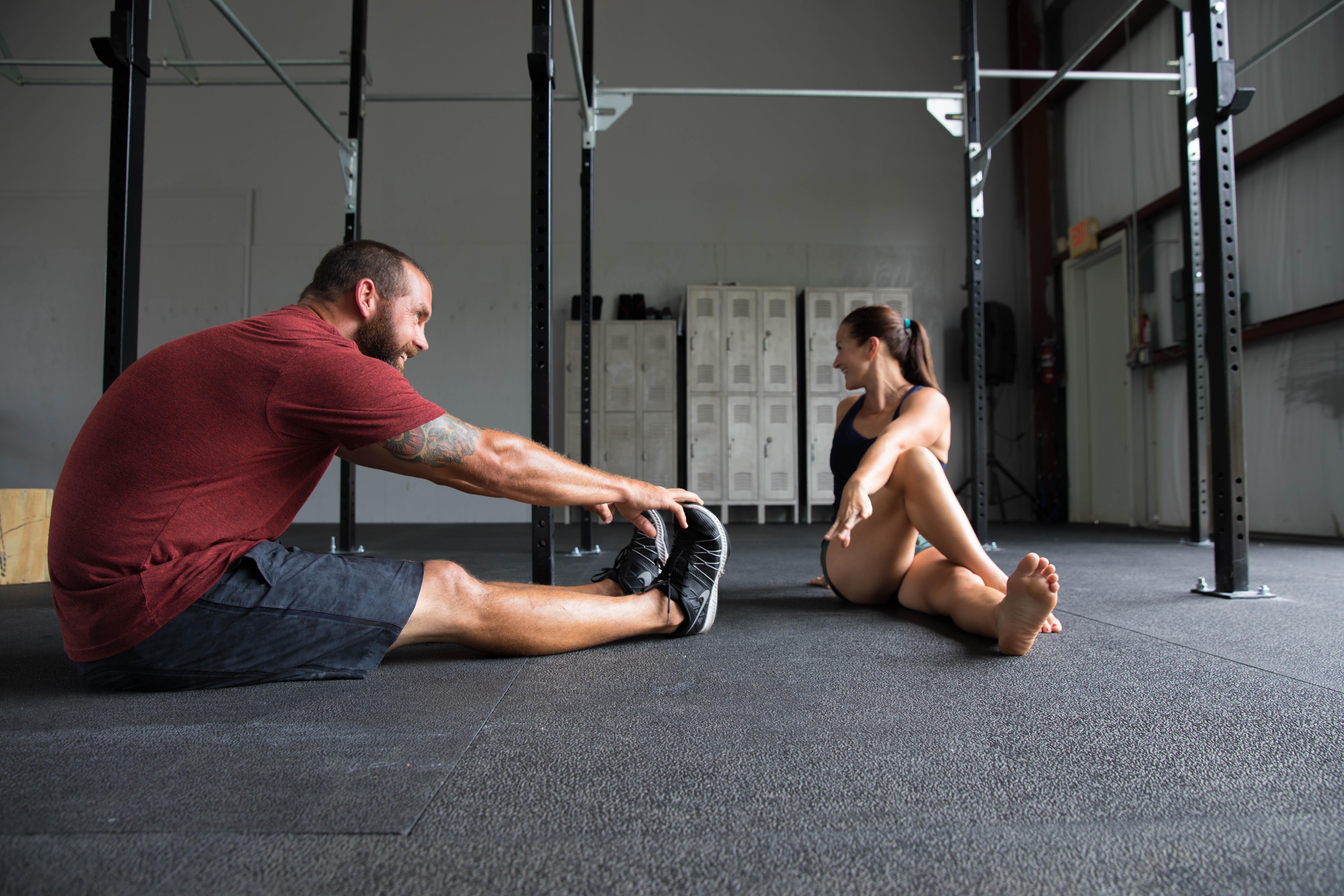
Functional Movement Screen is a series of movements that are assessed to determine inefficient movement patterns as well as compensations that could potentially lead to injury. This tool is an effective way to pinpoint problem areas before they become an issue or larger injury. From the results, the doctor can prescribe mobility and strengthening exercises to correct the issues found.
Physiotherapy and Injury Rehabilitation
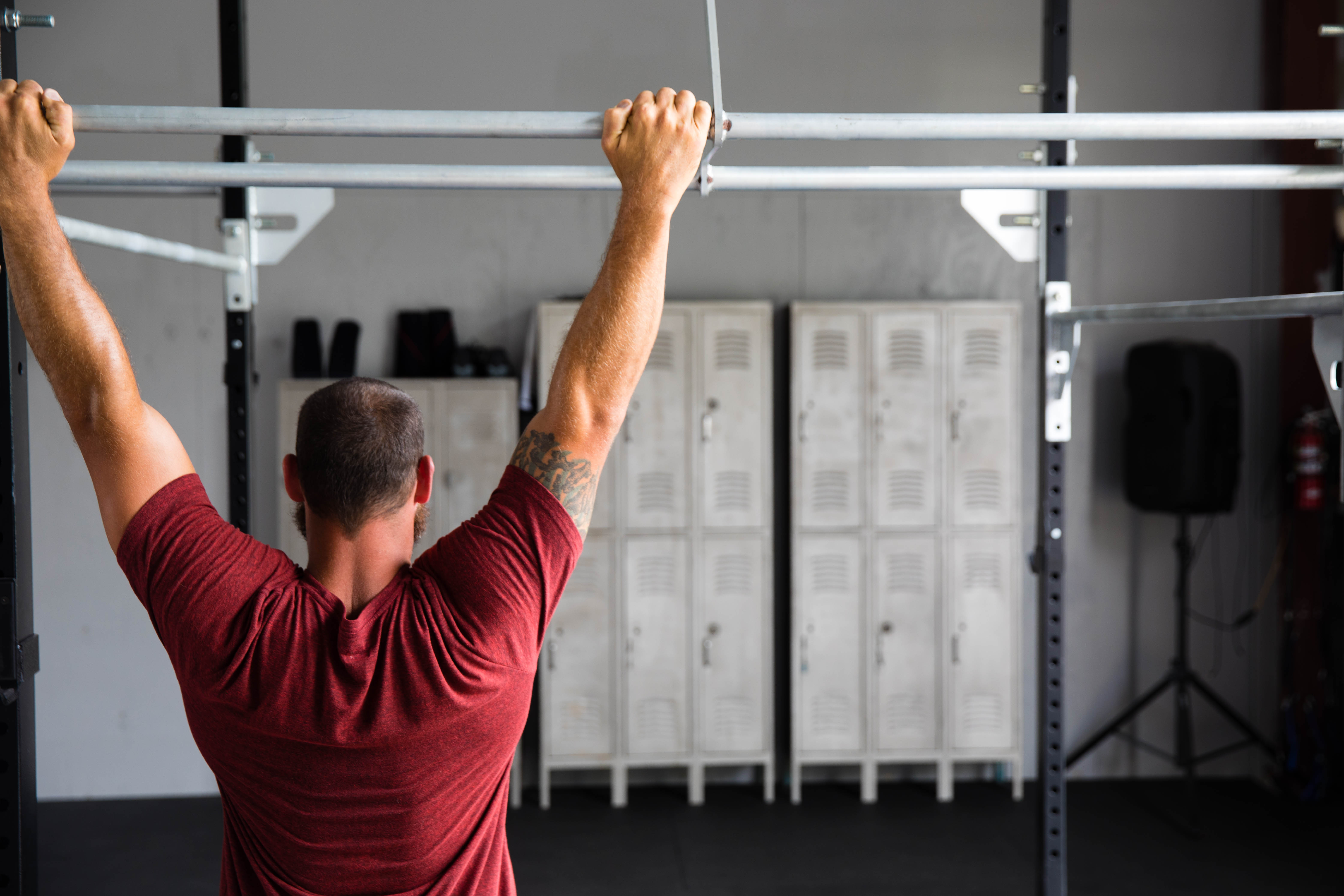
Typical passive physiotherapy modalities include heat, ice, electric stimulation, ultrasound, massage and stretching. Active physiotherapy includes injury rehabilitation using stretching, exercise/strengthening, and modifications to activities of daily living.
Technique and Form Modification
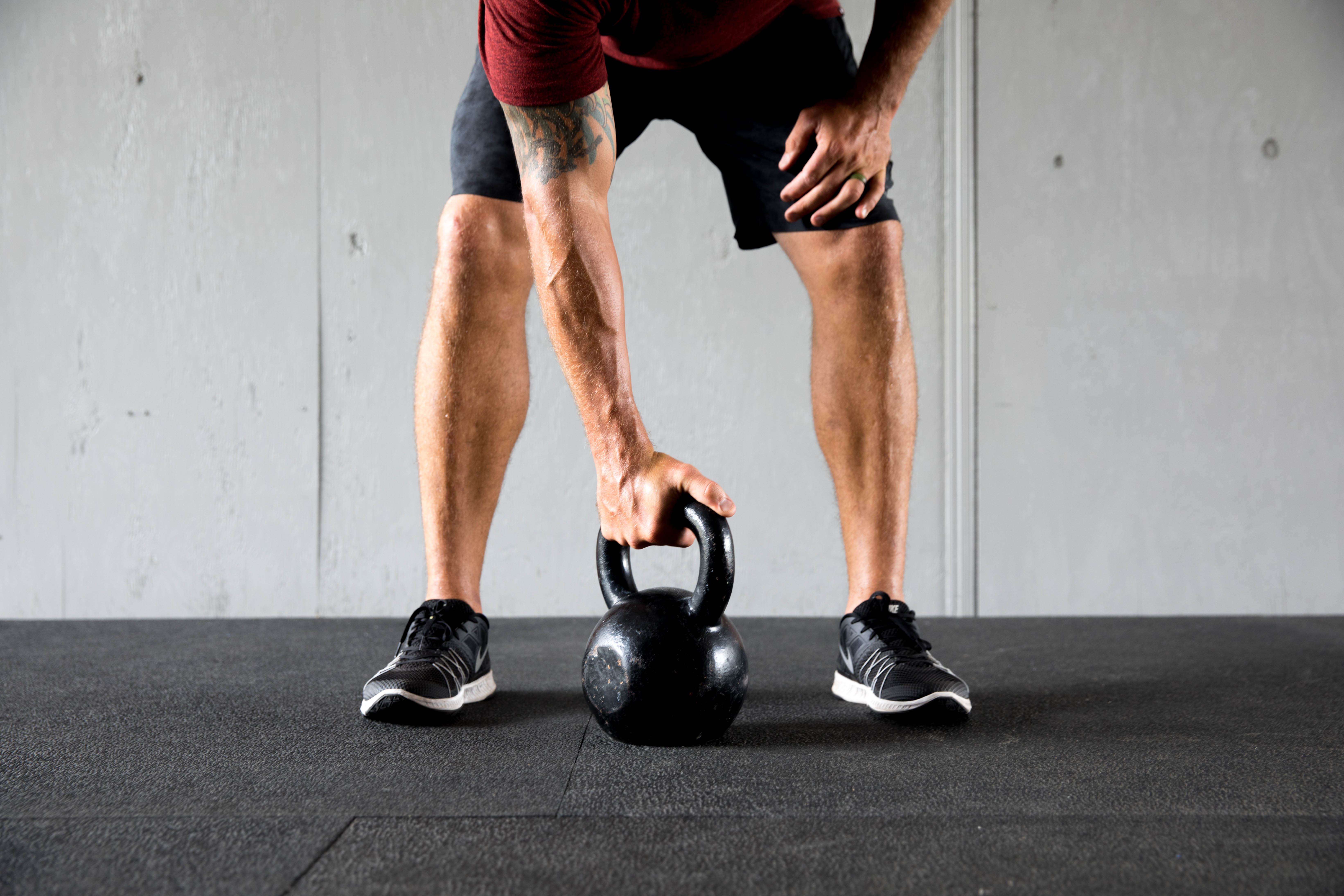
During a session, movement patterns of typical exercises will be looked at ( ie. Squat, push press, pull up etc.) to address faulty mechanics and improve form. Finding these faults can decrease the chance of injury but also increase your performance.
Stretching and Mobility Training

During a session, range of motion issues will be address and advise and techniques will be shown to self-treat. This may include traditional stretches, yoga, foam rolling exercises, lacrosse ball techniques or banded stretching.
Compression Therapy

Achieve outstanding result treating:
- Venous insufficiency
- Lymphedema
- Sport injuries
- Poor blood circulation
- Other circulatory and peripheral
- Vascular conditions
- Rapid recovery
Most athletes are interested in reducing their recovery time following intense exercise or sporting events. Recent scientific studies have shown that lymphatic therapy provides physiological changes that indicate improved muscular recovery. The lymphatic system does not have a pump like the heart does. Air Relax delivers that natural sequential compression and flusher waste, which causes soreness and fatigue in the muscles.
“Recover faster and make living fit a little more comfortable!”
Located inside Clermont Crossfit
Hours
Open Monday - Saturday
